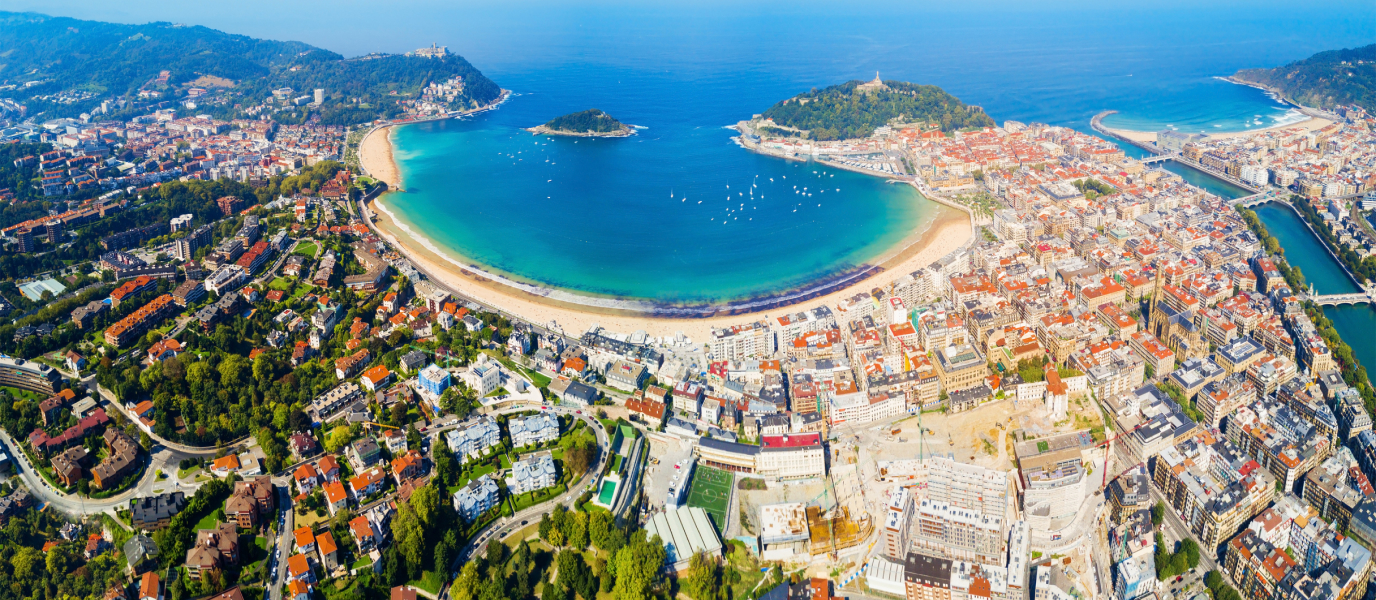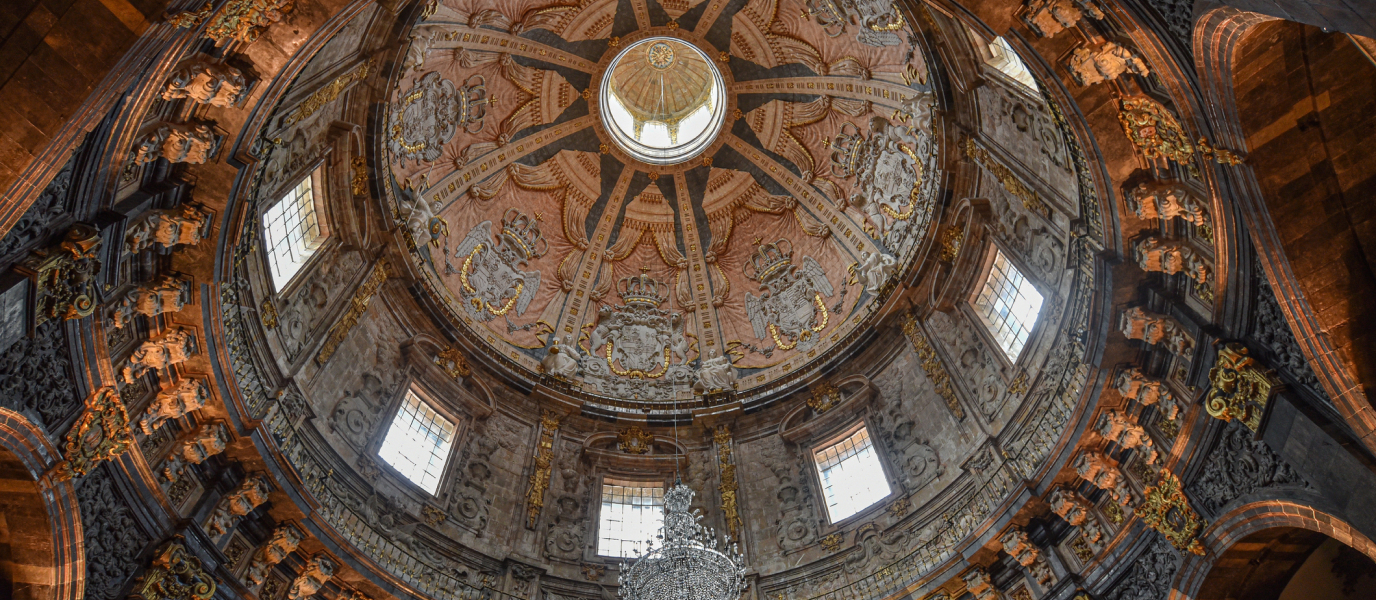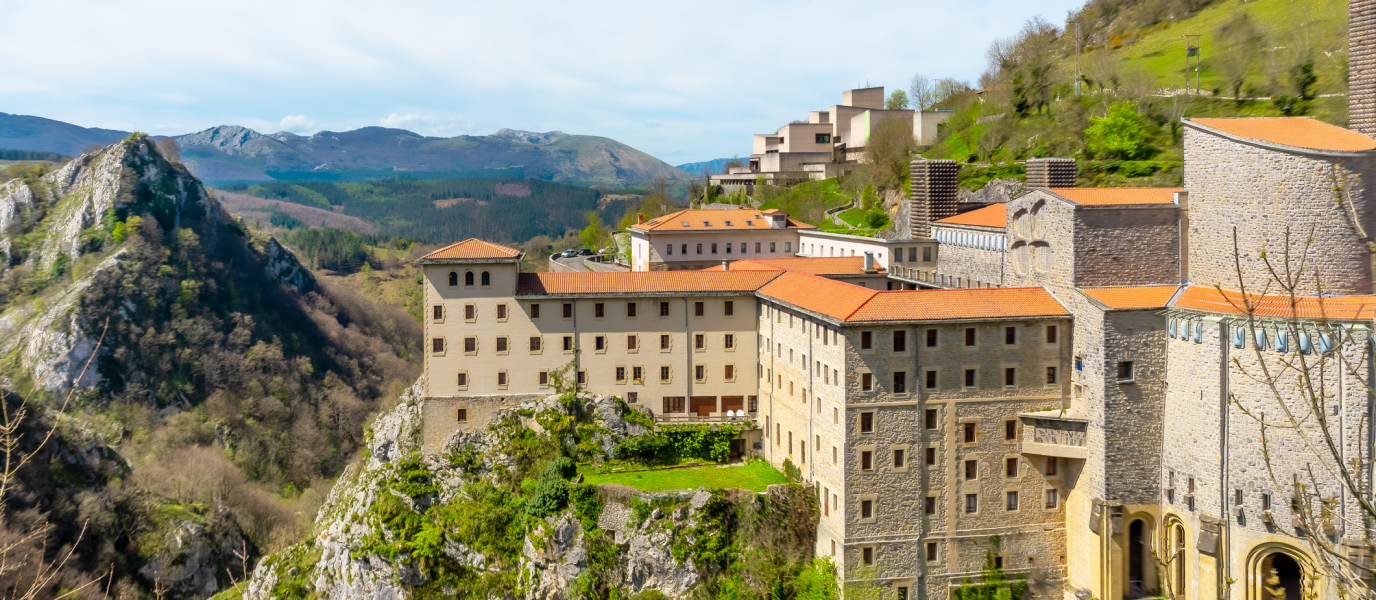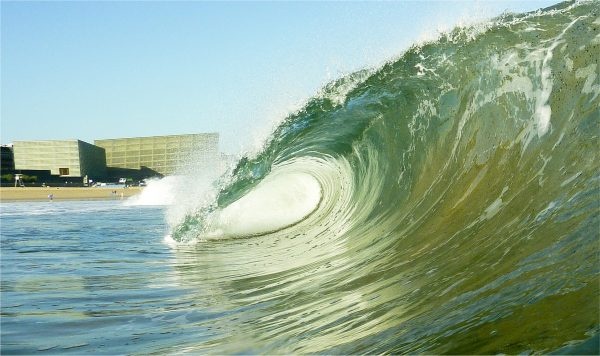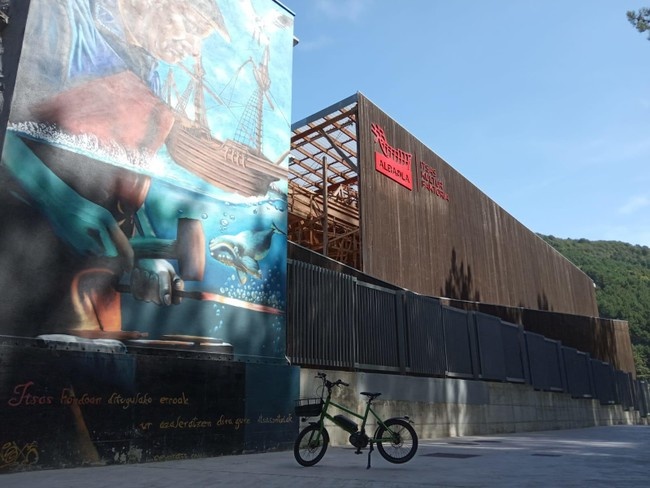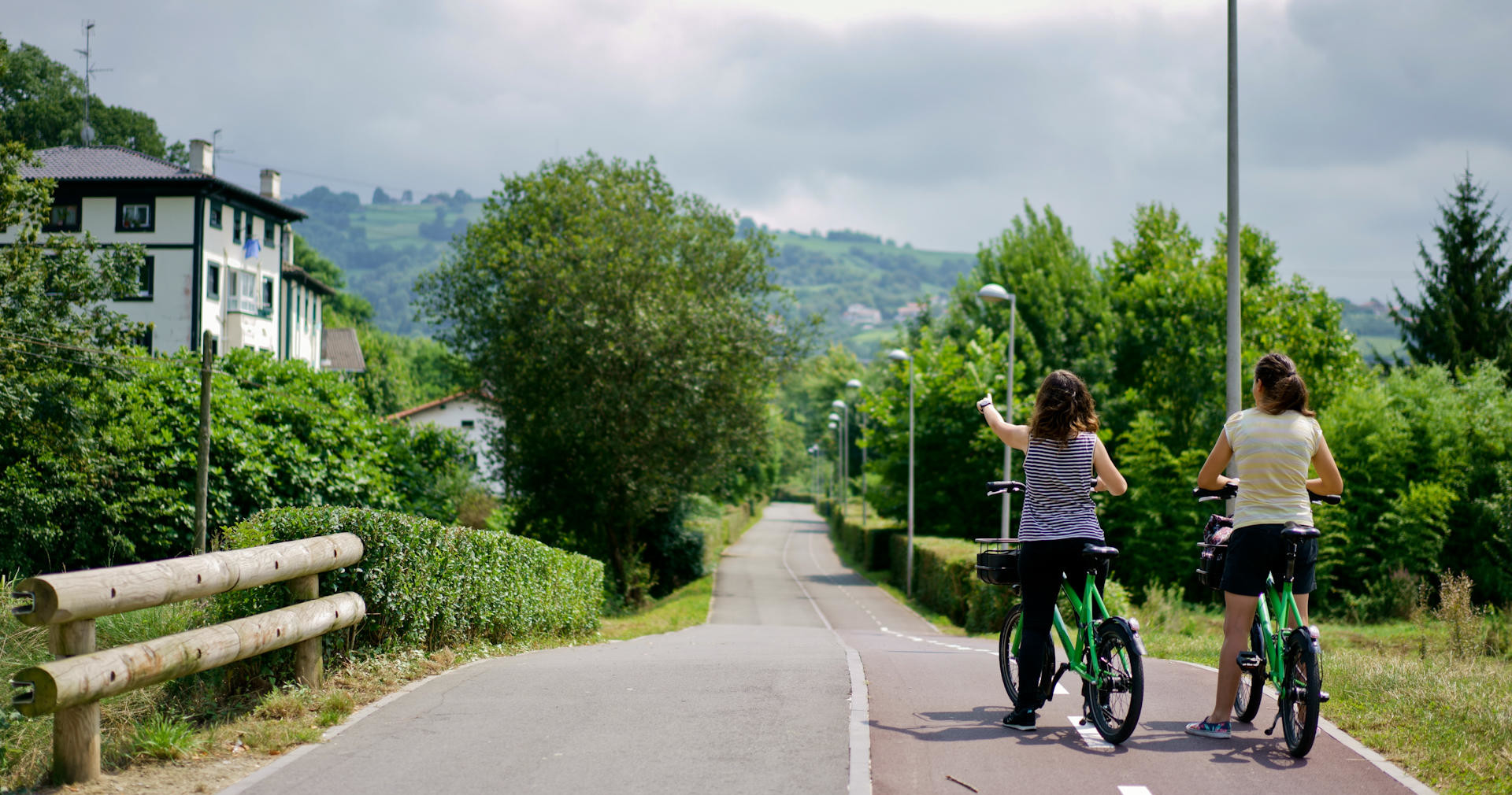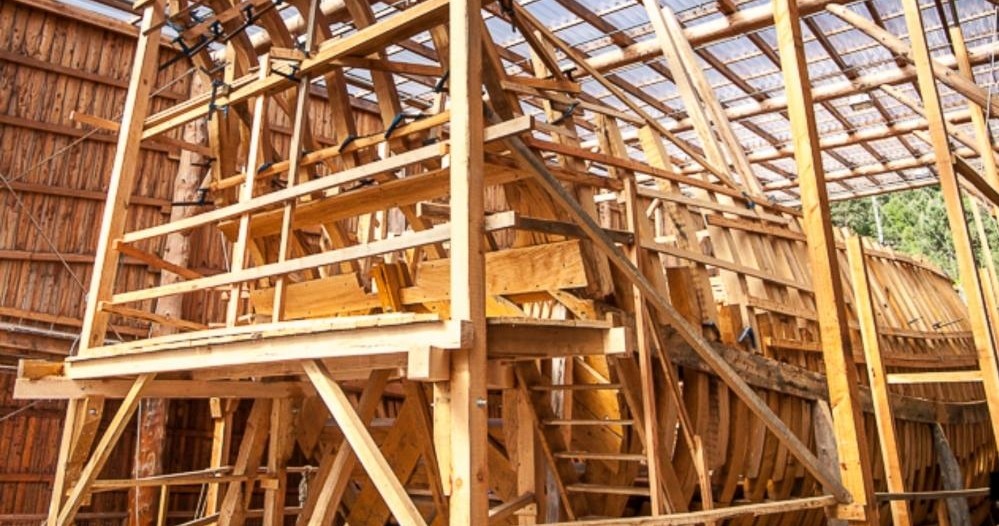Madrid would not be the same without El Retiro, and San Sebastián would not be the same without Parque Cristina Enea. These green, open urban spaces are a haven of peace where you can get away from the hustle and bustle of city life. Feel the stresses of life wash away as you roam along its paths and meadows.
There are a number of cultural activities to enjoy in the park. It is right next to Tabakalera and very close to the train station in Egia neighbourhood. It has a unique blend of architecture, flora and fauna. There is plenty on offer at the park so there are no excuses not to spend some quality time there.
The origins
The park dates back to when the land was part of a private estate that belonged to the Duke and Duchess of Mandas. Cristina Brunetti y Gayoso de los Cobos, XIII Duchess of Mandas, married Fermín de Lasala y Collado, a local politician, in 1859. Her husband purchased an area of land in 1863 and planned a country residence there. Pierre Ducasse, the royal gardener and designer of the Miramar palace gardens, was responsible for the landscaping.
The couple did not have any children and the Duke left the estate to the local council in his will. The inheritance came with a number of conditions: the land should always be named Cristina Enea, in honour of his wife; no new buildings should be added; and it should only ever be used as a public park. The council eventually acquired the land in 1919 and the park opened in 1926.
The park is on a hill formed by the last meander of the Urumea River. When the estate was handed over to the city, it was already incredibly large and a significant part of it had been built upon. There was a palace, a chapel and several annexes. A number of changes have been made over the last few years, particularly in terms of access, but improvements have also been made to enrich the park’s flora and fauna. The park has increased considerably in size over the years which means that there are plenty of different areas to visit.
What you can expect in Parque Cristina Enea
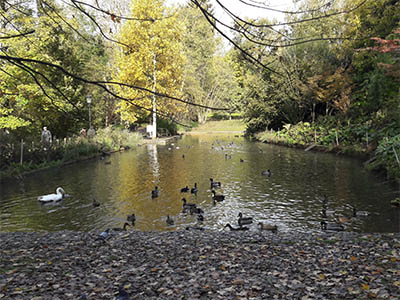
Parque Cristina Enea is one of the best places in San Sebastián for taking a walk and switching off. When you are in the park, surrounded by exotic trees, you feel like you’ve been transported to a different world. There is also a lot of historical appeal to it.
You will feel like one of the locals as you stroll along the tree-lined paths. The fact that the park is in the city centre and that it has a number of pedestrianised entrance gates (on Tabakalera, Mundaiz, Riberas de Loiola and Paseo de Urumea) make it particularly accessible and popular. Once inside, there is lots to see and do.
- The palace. At the very top of Parque Cristina Enea you will find the home where the Duke and Duchess of Mandas resided. It was designed by José de Osinalde and dates back to 1890. It is a three-storey building including the attic rooms. The nobility occupied the ground floor comprising a library, reception rooms, dining rooms and halls. The bedrooms, the Duke’s office and guest bedrooms were on the first floor. The second floor comprised the servants’ living quarters and storage space. An annex consisting of a chapel and bell tower was added to the main building in 1906.
The building has now been restored and it houses the San Sebastián Environmental Resources Centre. The façade retains much of the original charm of its typically Basque architecture and wooden trusses. The Cristina Enea Foundation was set up in 2008 and it has several ongoing environmental awareness projects.
- The trees. One of the best things about Parque Cristina Enea is its biodiversity. In 2007, new plants were brought to the park from Belgium and Germany, increasing the variety of species. One of the main ones, brought over from the United States, is the coastal redwood. It is the tallest living thing known to man and can grow up to 100 meters tall. There are also Lebanon cedars, a national symbol in their country of origin, which provide welcome shade when you want to take a break from exploring. Keep any eye out for the ginkgo biloba, a very ancient species of tree which is native to China and known for its medicinal properties. If you have a keen eye for trees, you will also spot London planetrees, bamboo palms, horse-chestnuts, cherry trees, oak trees and holm oaks. The list goes on and there are a number of recommended routes that you can take.
- The walkways and bridges. There are a number of walkways and bridges in the park. They were installed to help visitors cross the area where the land slopes down to the Urumea River. The most famous bridge is named after Gladys del Estal, an ecologist who died in an anti-nuclear protest in Tudela in 1979. There is also another tribute to her in the park: a sculpture by Xabier Laka. You will find it at the highest point in the park and it is one of the most popular spots with visitors.
- The fauna. Don’t miss the chance to observe some of the park’s inhabitants. The peacocks that live next to the pond are some of the most interesting. The first pair came from Barcelona in 1977 and they have lived there ever since. The fact that the Urumea River runs through the park means that there are also a number of small birds and mammals. You can spot kingfishers, seagulls and widgeons around the pond.
Whether you intend to spend a day out in the park with your family or if you’d like a place to sit down and meditate, Parque Cristina Enea, right in the heart of San Sebastián, is the oasis that you have been looking for.





























































